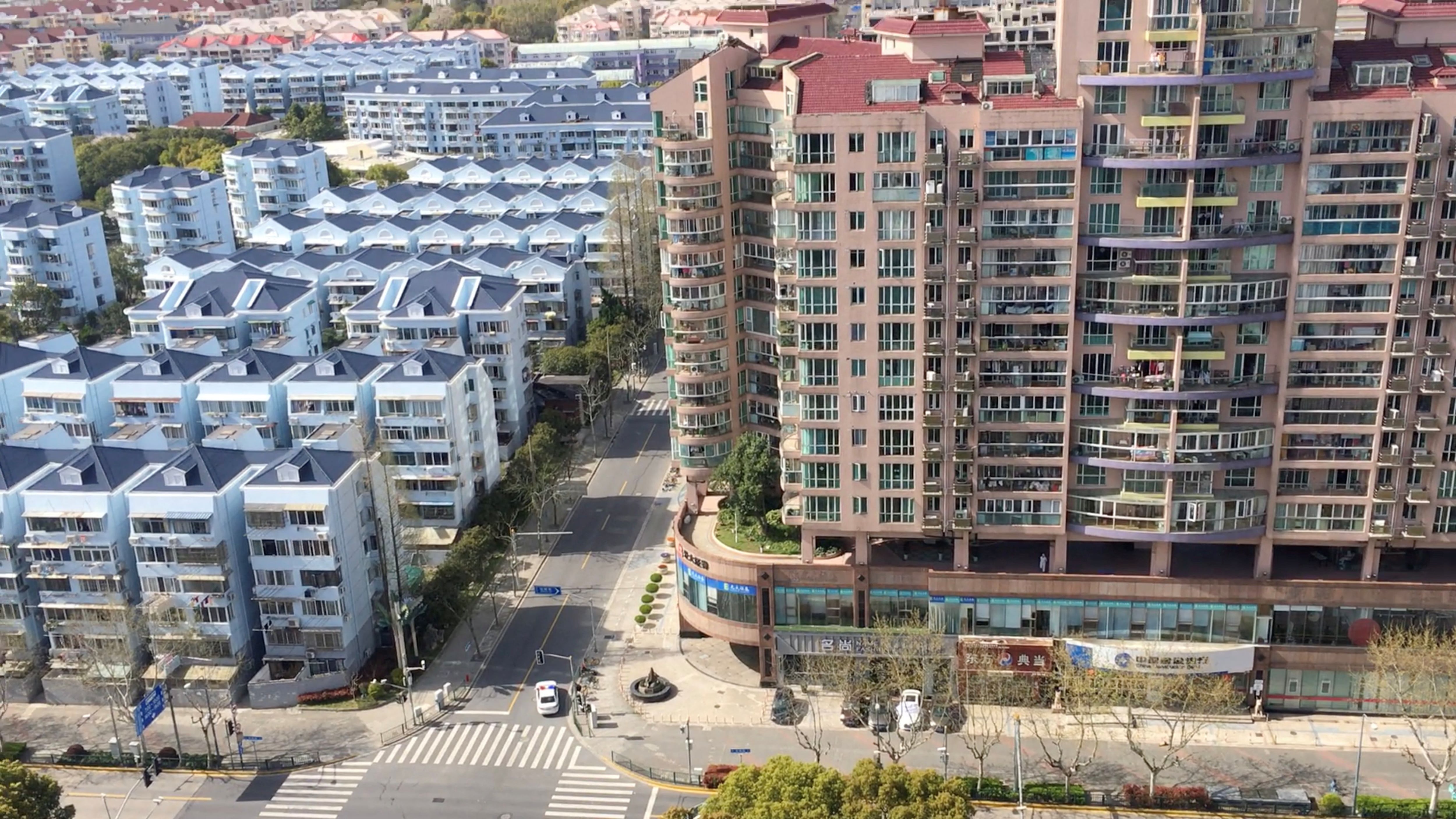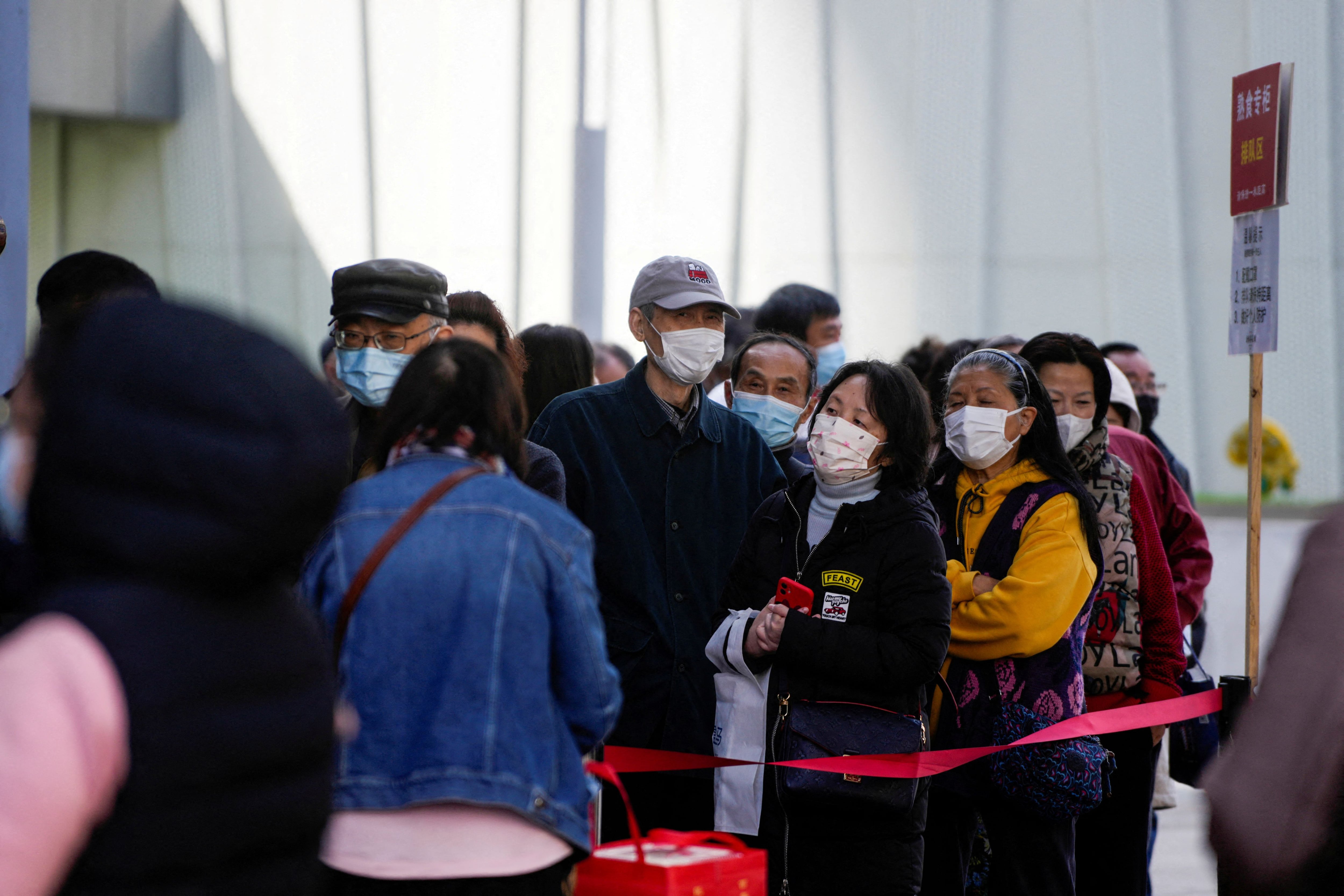
Unpublished scenes in two years of pandemic of people protesting, fighting with toilets in protective suits and even escaping so as not to be isolated show how fatigue and impatience begin to take a toll in China in the face of the strict official policy of “zero tolerance” to covid-19.
Until recently, the Asian giant kept the health crisis at bay with an almost hermetic closure of its borders and harsh protocols that included the hospitalization of all positive cases and the isolation in state facilities of both asymptomatic infected persons and all close contacts.
The strategy worked until the contagious omicron broke into the Asian giant, causing outbreaks in numerous places, including cities of enormous economic importance such as Shanghai and Shenzhen, and the isolated ones grew from a few tens to hundreds of thousands - more than 370,000 today counting only close contacts.
RELUCTANT TO CONFINEMENT
“Let us out!” , the residents of a residential complex in Shanghai claim in a video released on social networks, where tense scenes were also recorded during the frenzy of the population to supply themselves in the face of the general confinement that began this week and complaints about the poor hygienic conditions of the public facilities of insulation.
Although this type of content is short-lived on controlled Chinese social networks, many have also been shared on Western platforms such as Twitter or Facebook - censored in the Asian country - illustrating that Chinese society, despite its cerval panic against the virus, suffers both economically and psychologically from the harshness of the measures. of containment.
“The landlord tells me to pay the rent. The bank tells me to pay the loan. The government tells me not to go to work and the neighborhood tells me not to go out. But where do I get the money? Nobody tells me that,” reads a message widely shared on Weibo, the Chinese Twitter.

And the fact is that the detection of a single case can lead to the confinement of hundreds of people in a building, and even beyond, shopping centers and schools, where if alarms go off because of a positive case inside no one leaves until everyone has undergone a PCR test.
There are even international schools in Beijing that have asked the parents of the students to send a blanket for their children to have at school just in case they have to spend the night there.
According to another video, less resignation was shown by the hundreds of people who crowded a clothing market in Shenyang (northeast) in which a positive case was detected. The images show how those responsible for the place tried to lock them all up but the people rebelled and ran away.
A CLEAN STICK
The continuous requirement for PCR tests, which are mandatory in some places on a daily basis to access work or to the residential building itself, is another of the constants of recent months that has provoked protests over the long queues outdoors.
In large cities, booths have been set up on every corner where it is easy, fast and affordable - 35 yuan, about 5.5 dollars or 5 euros - to get tested.
But in rural settings things get complicated and the population may become more reluctant, as illustrated by a video in which an elderly woman who is quietly sitting in the fresco takes her with a cane with a health worker who tries to approach her to take a sample.

Images of slapping and kicking fights between personnel wearing protective suits and neighbors have also been disseminated, which although they are not the general trend among a population of 1,411 million inhabitants, they reflect reactions that have not been seen until now.
The closure of borders, which has been two years old this week, has also affected the mood of the population, especially those who have relatives abroad whom they have not seen since the beginning of the pandemic.
Non-resident foreigners are barred from entering the country, and nationals or resident foreigners who want to return to China must quarantine for a minimum of two weeks - often three or even four - in a hotel whose price they must bear, adding to the exorbitant cost of the few authorized flights.
” I recommend everyone to keep the children close. I sent my daughter to study abroad five years ago and it took three years before she came back. After so long without seeing each other, talking to her I notice that our affective bond has weakened. It's sad,” warns a Chinese mother.
According to the accounts of the National Health Commission of China, the country has accumulated 145,808 cases and 4,638 deaths since the beginning of the pandemic.
(with information from EFE)
KEEP READING:
Últimas Noticias
Debanhi Escobar: they secured the motel where she was found lifeless in a cistern
Members of the Specialized Prosecutor's Office in Nuevo León secured the Nueva Castilla Motel as part of the investigations into the case

The oldest person in the world died at the age of 119
Kane Tanaka lived in Japan. She was born six months earlier than George Orwell, the same year that the Wright brothers first flew, and Marie Curie became the first woman to win a Nobel Prize

Macabre find in CDMX: they left a body bagged and tied in a taxi
The body was left in the back seats of the car. It was covered with black bags and tied with industrial tape
The eagles of America will face Manchester City in a duel of legends. Here are the details
The top Mexican football champion will play a match with Pep Guardiola's squad in the Lone Star Cup

Why is it good to bring dogs out to know the world when they are puppies
A so-called protection against the spread of diseases threatens the integral development of dogs




